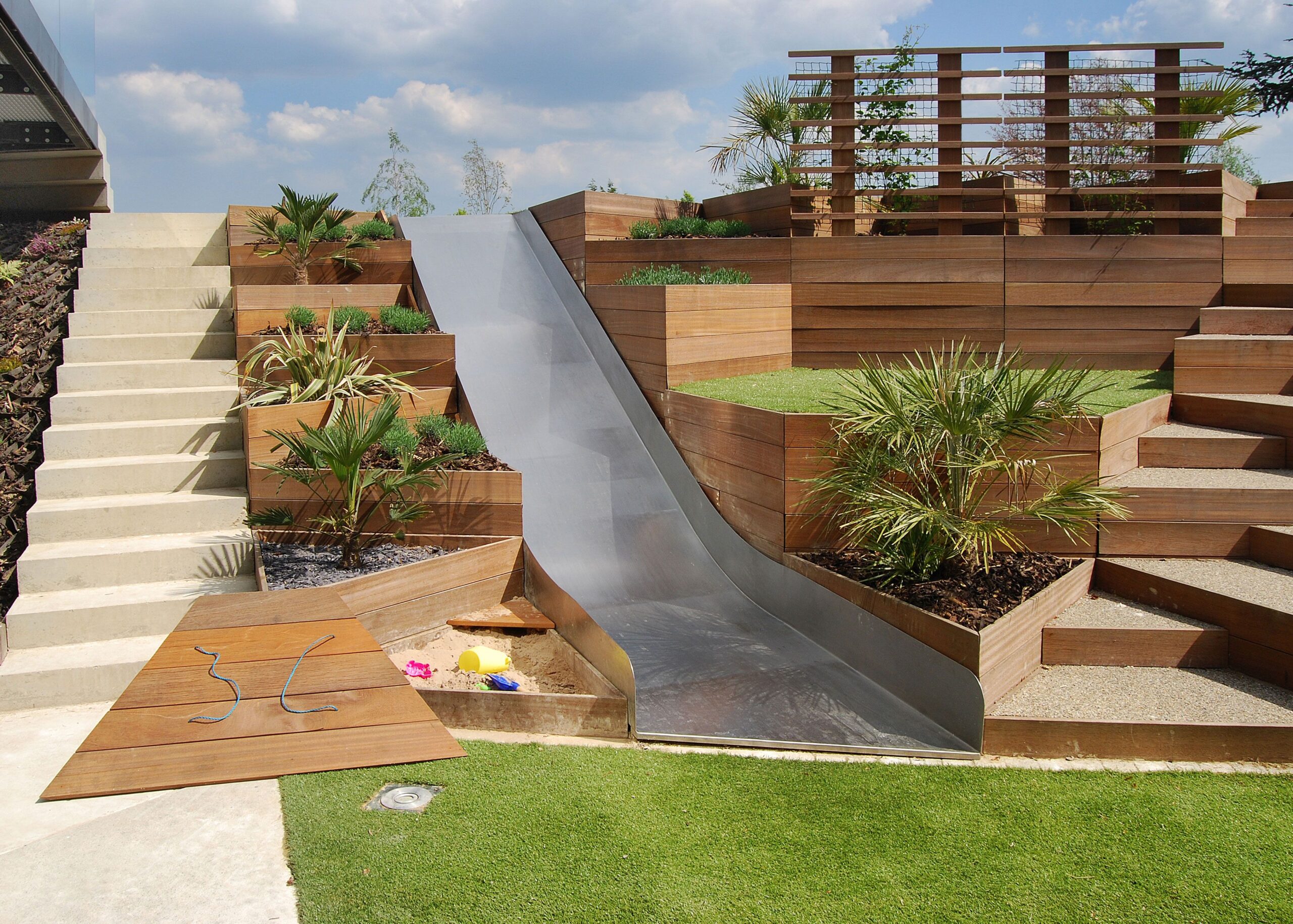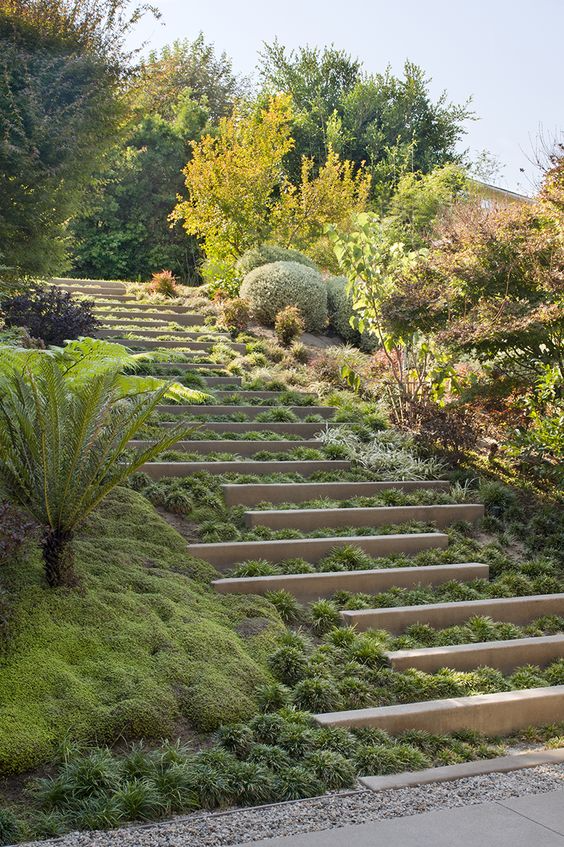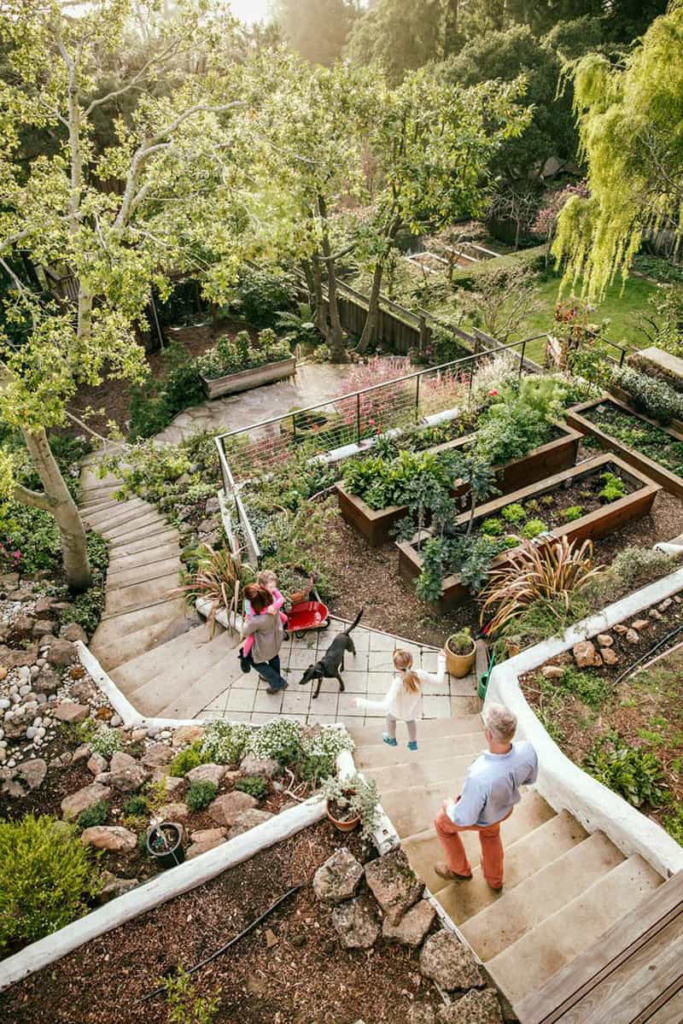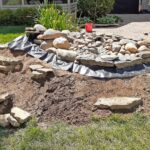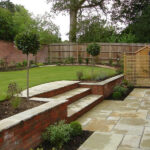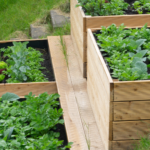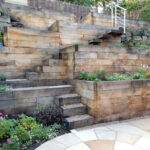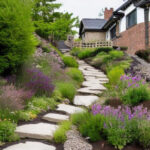Designing a garden on a slope can pose a unique challenge for many homeowners. However, with careful planning and consideration, a sloped garden can be transformed into a beautiful and functional outdoor space. When designing a garden on a slope, it is important to take into account the natural slope of the land and work with it rather than against it.
One of the key considerations when designing a garden on a slope is erosion control. Sloped gardens are more prone to erosion due to the force of gravity pulling soil downhill. To prevent erosion, it is important to include features such as retaining walls, terraces, and planting beds. These features can help to stabilize the soil and prevent it from washing away during heavy rainfalls.
Another important aspect to consider when designing a garden on a slope is drainage. Proper drainage is essential to prevent water from pooling and causing damage to plants and structures. Installing drainage systems such as French drains, swales, and dry creek beds can help to redirect water away from the garden and prevent erosion.
When choosing plants for a sloped garden, it is important to select species that are suited to the conditions of the slope. Plants with deep roots and low water requirements are ideal for sloped gardens as they can help to stabilize the soil and withstand periods of drought. Native plants are also a good choice as they are adapted to the local climate and soil conditions.
Incorporating hardscaping elements such as pathways, stairs, and seating areas can also enhance the design of a sloped garden. These features can help to create a sense of structure and organization in the garden while also providing functional spaces for relaxation and entertainment. Using materials such as stone, brick, and wood can help to tie the hardscaping elements into the natural surroundings.
Finally, when designing a garden on a slope, it is important to consider the overall aesthetics and visual impact of the design. Creating layers of plants, textures, and colors can help to soften the slope and create a visually appealing garden. Incorporating focal points such as sculptures, water features, or specimen plants can also draw the eye and create interest in the garden. With thoughtful planning and design, a sloped garden can be transformed into a stunning outdoor space that enhances the beauty of the surrounding landscape.
